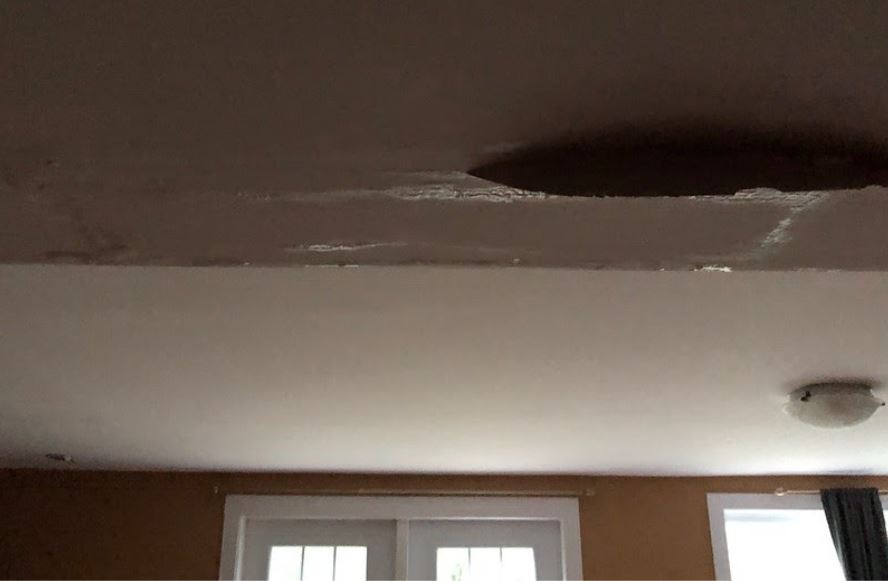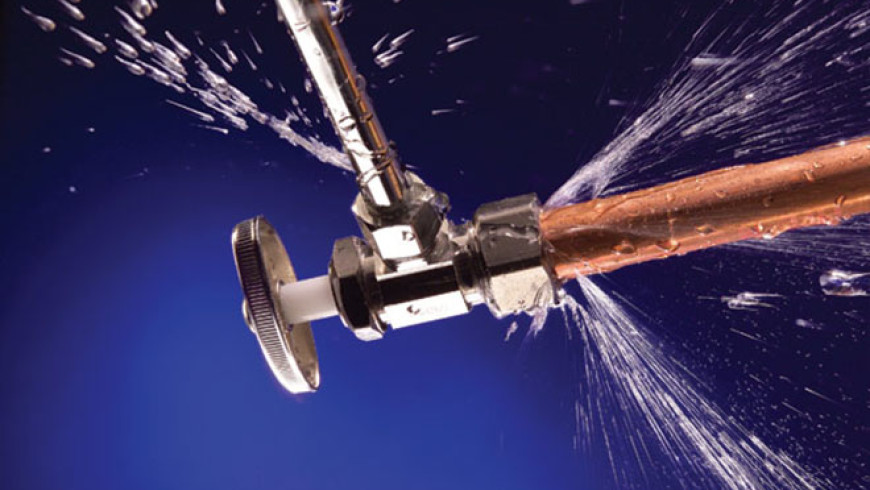Your Residential Most Typical Leak Triggers: Examination
Your Residential Most Typical Leak Triggers: Examination
Blog Article
The article author is making several great observations related to How to detect water leaks in your home overall in the article followed below.

Leaks not only trigger waste of water yet can also trigger unneeded damages to your residence and promote unwanted organic growth. Water leakages may go undetected considering that most of the pipework in our home is hidden. By looking and also comprehending for day-to-day circumstances that create leaks, you can protect your residence from future leakages and also unnecessary damages. Today, we will certainly check out 6 leak creates that might be triggering your pipes to drip.
Instantaneous temperature level modifications.
Extreme temperature modifications in our pipelines can cause them to increase as well as acquire suddenly. This growth and also tightening might trigger fractures in the pipelines, specifically if the temperature are below freezing. It would be best if you watched on just how your plumbing works. The presence of the previously discussed scenarios frequently indicates a high risk.
Rusty water supply
As time passes by, your plumbing system ages as well as deterioration such as corrosion may begin gnawing the pipes. This might be the source of staining or bending on your pipes. This requires an evaluation with your plumber instantly. If our plumbing system is old, think about replacing the pipes since they go to a greater danger of corrosion than the newer designs.
Faulty Pipeline Joints
The point at which your pipes connect is often the weakest web link in the waterline. Pipe joints can deteriorate gradually, causing water leaks. The bulk of pipeline joints are not quickly noticeable. If you have loud pipelines that make ticking or banging noises, particularly when the hot water is switched on, your pipeline joints are probably under a great deal of pressure. It is recommended to have your plumber evaluate your system annually.
Encroaching roots
A lot of water leakages start outside the home instead than inside it. You might observe damp patches or sinkholes in your lawn, and that may indicate that tree roots are getting into water lines creating water to leak out.
Poor Water Connectors
At times, a leak can be created by loosened hose pipes and pipes that supply your devices. In situation of a water connections leak, you may discover water running straight from the supply line or pools around your appliances.
Obstructed Drains
Obstructed drains pipes could be irritating and inconveniencing, but they can often end up triggering an overflow bring about break pipelines. Maintain removing any type of products that might decrease your drains pipes that could block them to stay clear of such aggravations.
All the above are causes of leaks yet not all water leakages arise from plumbing leakages; some leakages might come from roof leakages. All leakages must be repaired quickly to prevent water damage.
Leaks not only trigger waste of water yet can additionally create unneeded damage to your residence and promote unwanted organic growth. By looking as well as recognizing for daily scenarios that trigger leaks, you can protect your house from future leakages and unneeded damages. Today, we will look at six leakage causes that may be triggering your pipelines to leak.
At times, a leak can be created by loosened hoses and pipes that supply your devices. In situation of a water links leak, you may notice water running directly from the supply line or pools around your appliances.
How To Check For Water Leak In Your Home
How To Check for Leaks
The average household's leaks can account for nearly 10,000 gallons of water wasted every year and ten percent of homes have leaks that waste 90 gallons or more per day. Common types of leaks found in the home are worn toilet flappers, dripping faucets, and other leaking valves. These types of leaks are often easy to fix, requiring only a few tools and hardware that can pay for themselves in water savings. Fixing easily corrected household water leaks can save homeowners about 10 percent on their water bills.
To check for leaks in your home, you first need to determine whether you're wasting water and then identify the source of the leak. Here are some tips for finding leaks:
Take a look at your water usage during a colder month, such as January or February. If a family of four exceeds 12,000 gallons per month, there are serious leaks.
Check your water meter before and after a two-hour period when no water is being used. If the meter changes at all, you probably have a leak.
Identify toilet leaks by placing a drop of food coloring in the toilet tank. If any color shows up in the bowl after 10 minutes, you have a leak. (Be sure to flush immediately after the experiment to avoid staining the tank.)
Examine faucet gaskets and pipe fittings for any water on the outside of the pipe to check for surface leaks.
Undetected water leaks can happen without the home or business owner even realizing. If you suspect a water leak, but not able to find the source. It is time to contact a professional water leak detection service, The Leak Doctor.
How To Find a Water Leak In Your Home
https://www.leakdoctor.com/blog/How-To-Check-For-Water-Leak-In-Your-Home_AE197.html

As an enthusiastic reader on How to detect water leaks in your home, I thought sharing that segment was a good thing. Sharing is nice. Helping others is fun. Thanks a lot for your time. Come back soon.
Act now! Report this page